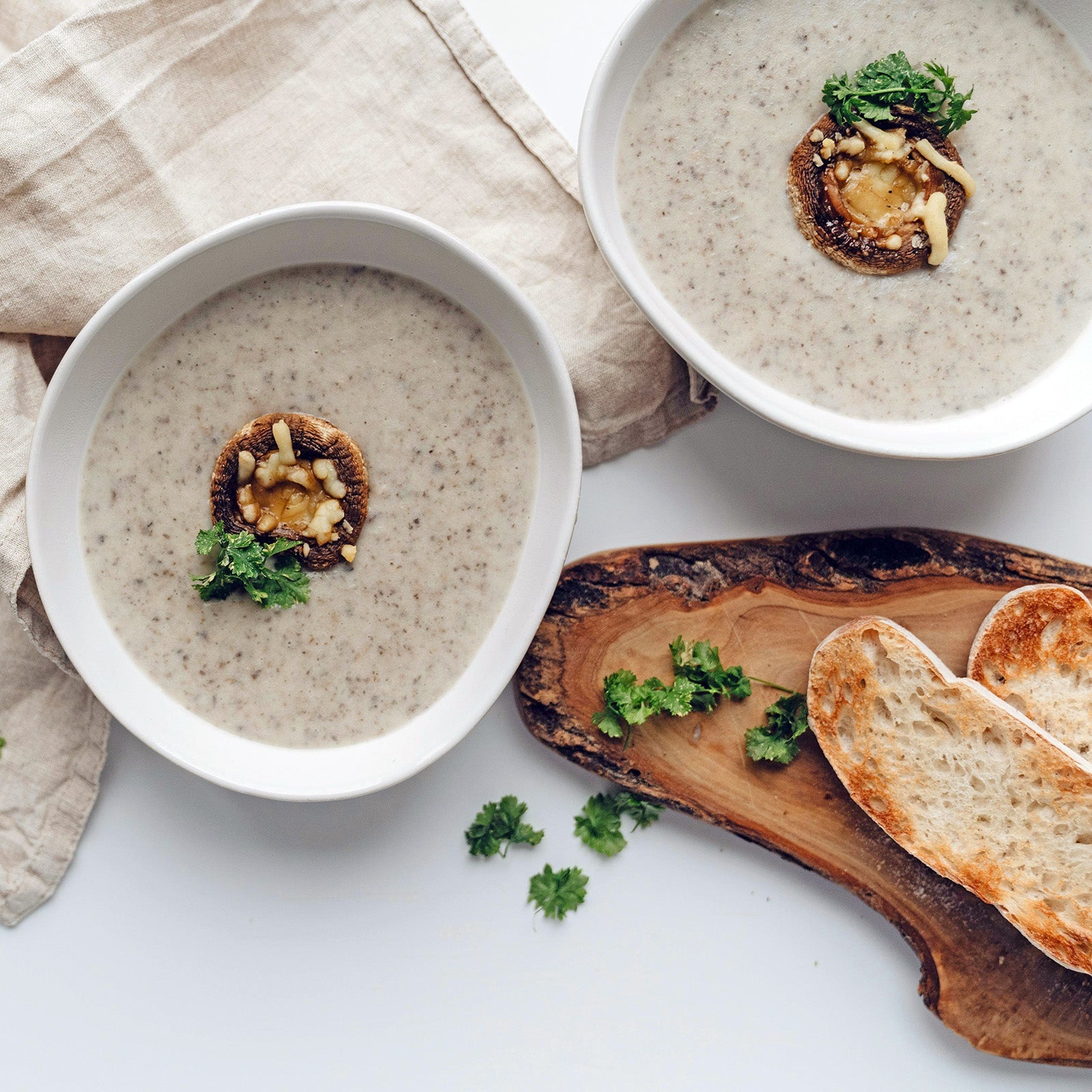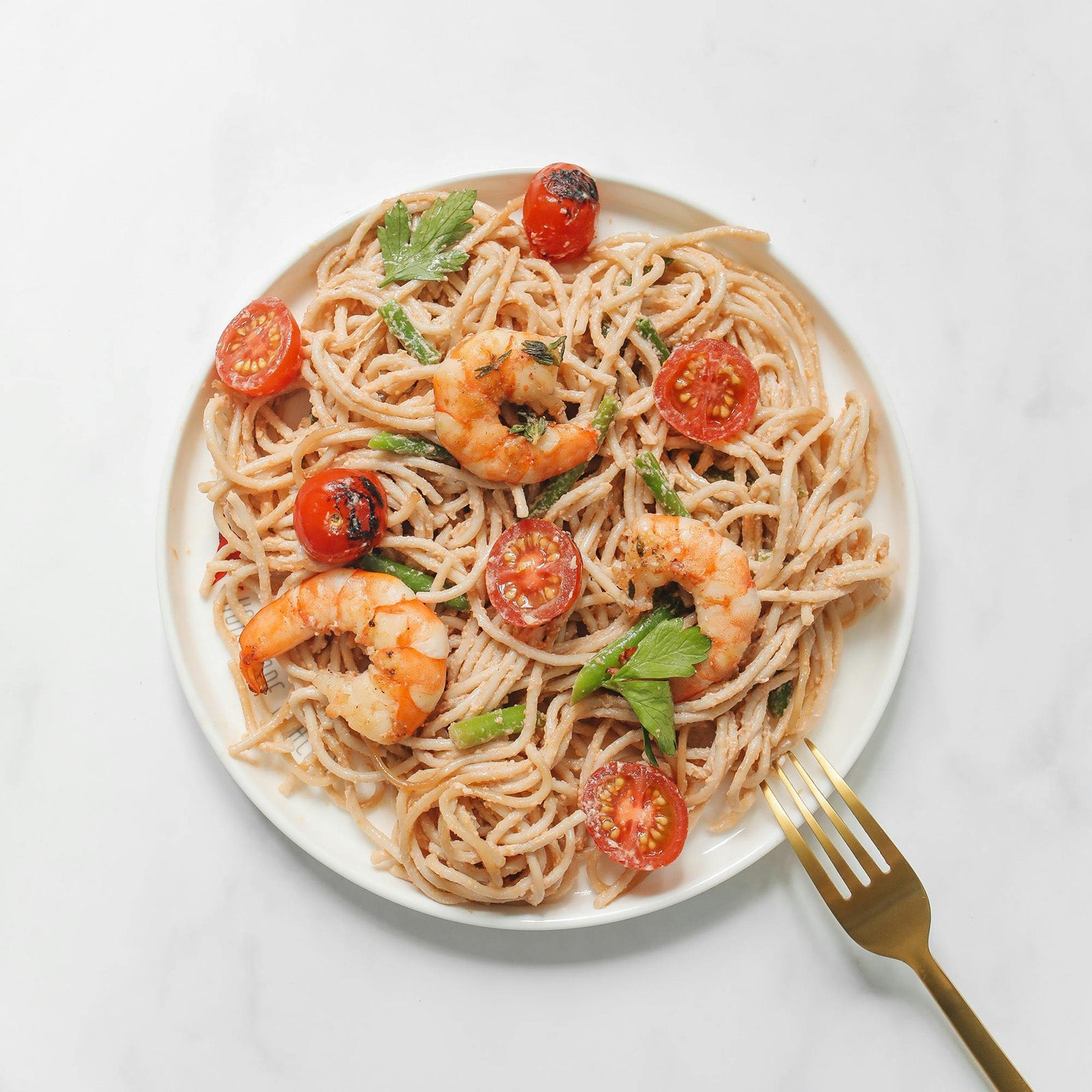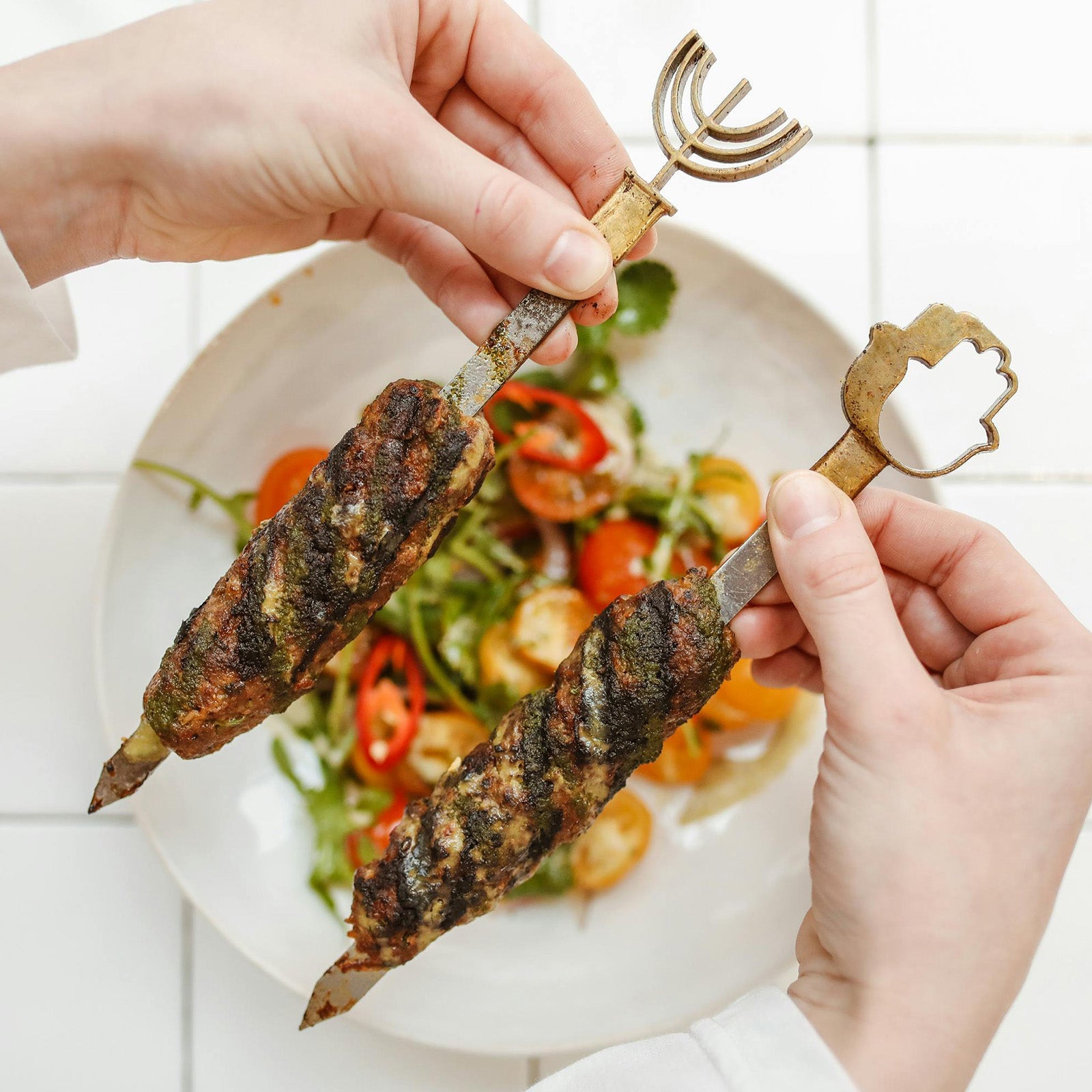
It’s no secret that Italians take pasta seriously. And for good reason.
The shape of pasta isn’t about aesthetics — it’s about chemistry. How sauce clings, how flavor carries, how a dish feels in your mouth. Whether you’re swirling silky Alfredo or layering baked rigatoni, the right pairing makes all the difference.
Texture is strategy — not decoration.
Thicker sauces need more surface and texture. That’s where ridges shine.
Shapes like rigatoni, penne rigate, and even farfalle are ideal for chunky or creamy sauces. The grooves and curves trap sauce, making each bite more cohesive. Smooth pastas like spaghetti or bucatini let heavier sauces slide right off. Result? Separation, imbalance, a plate that feels flat.
Lighter, oil-based sauces — aglio e olio, lemon butter — want the opposite. Long, smooth pastas like spaghetti or linguine let the sauce gently coat without clumping. If you’ve ever had an oily rigatoni, you know: wrong match, wrong mouthfeel.
Shape even affects cooking — and mistakes are easy.
Boiling pasta in milk, broth, or tomato instead of water can be luxurious — but demands precision.
Milk can curdle. Broth can over-salt. Tomato can become too acidic.
But when done right — think mac and cheese where the pasta simmered in milk before baking — it’s next-level.
Even then, shape matters. Elbow macaroni works because it holds cheese sauce without collapsing. Shells and cavatappi shine here too. Long flat noodles? Fettuccine in mac and cheese is a bad idea: it clumps, overcooks, and won’t hold sauce evenly.
The golden rule: pasta shape should never fight the sauce — it should carry it.
Thick cuts like orecchiette or ziti can undercook in the center. Angel hair can overcook in seconds. Uniform shapes help, but stirring and timing matter just as much. And for baked pasta, always choose short, hollow, or ridged shapes to lock in creamy sauces.
And one final tip? Respect the regional classics.
Put spaghetti into carbonara in Rome — and you’ll get side-eyes. The right shape honors both the dish and the culture it came from.
Because when pasta and sauce align — not fight — the dish becomes more than the sum of its parts. It becomes story, structure, and soul.






